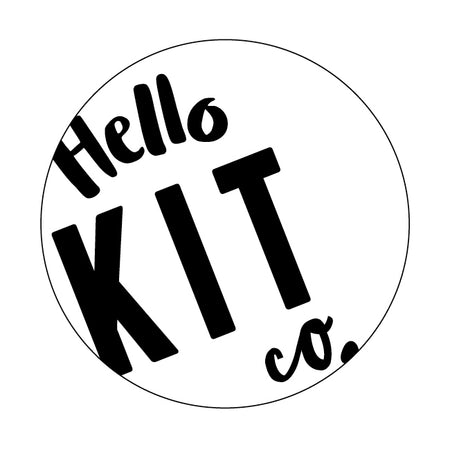So we are seeing leopard everywhere. Which is kind of ironic given its pattern is supposed to “hide predators as they hunt in the shadows of their natural environment” (thanks Google). Perhaps the shadows of our environment have also shopped a bit at Seed and Witchery too these last few months.
It is worn by everyone from rock stars to royalty BUT, if you ask my mum, it’s kitsch and “trashy”. I think she is perhaps scarred by memories of the 80’s and some of the getups of Barbie and the Rockers/Peg Bundy.
Researching a little, fashion and Leopard print joined forces in the 1920’s, inspired by glam actresses such as Joan Crawford.
In the 50’s and 60’s wearing real. Actual. Leopard. Fur (gulp…tears!), was a sure sign of a trophy wife. Whilst at the very same time, leopard PRINT was a sign of a ahhhhem…less ‘domesticated’ woman.
With the development of the anti fur movement in the 70’s, leopard print firmy became low class and out of flavor. Lucky leopards!
Today, we see leopard print still used in fashion across the board, but also via decorating. It’s luxe, its casual, its for kids. It can be reinterpreted and applied however, wherever.
We loved it because it’s one of those neutral patterns that just seems to WORK. Like that easy, cool no-fuss friend you drag to a party who just naturally gets along with everyone. Leopard, you’re invited every time with us.
We have had a blast playing with our new leopard tissue – it works with everything from pretty pastels to poppy neons. FUN!
We also thought it was high-time we interpret this pattern, the only way we know how – via the POM! They’re super cute and so easy to do. The advantage is that because they are patterned, they don’t have to be perfect. So no need to stress or follow directions perfectly, the result will be great because of the movement and imperfection. It hides it all so well! Which after all, it’s supposed to!

Follow the instructions below for some serious leopard-print-pretty!

STEP 1.
Choose 3 colours to form your pattern.
It's best to choose 2 colours with tones that work together and then the black.
1. The 'central' or core spot colour. For ours, we chose the Honey Brown. 2. The Black then creates a 'ring' effect around the core.
3. The 'body' colour then surrounds the ring and forms the basis and majority of the Pom. We chose Tan.
STEP 2.
Begin your pom by winding your 'body' colour. Complete about 1-1.5cm along your pom maker, and complete 1-2 layers. Remember, don't be too fussy. The Leopard print is imperfect, which works in our favour.
STEP 3.
Add a layer of the Black to create the beginning of the 'ring'. Do not cover the 'body' colour completely. Leave a few little gaps as shown below.
STEP 4.
Now add the 'core' colour, the Honey Brown in our example. Leave 2-3 winds of black on either side of the Honey. The Honey can be layered and it should be wound higher in the middle to form a small peak, thus forming a round shape. Again, this shape doesn't have to be a perfect form.
STEP 5.
We repeat the process in Step 3. Complete the black 'ring' on top of the Honey Brown 'core'. Like previous steps, leave a few gaps, as shown below.
STEP 6.
You have successfully completed one Leopard spot! Apply the above steps and repeat. You can fit 1-2 more spots on this bottom layer around the Pom Maker. Once you have completed the 'layer' then surround with your 'body' colour, to essentially fill the gaps in between the spots, as shown below.
STEP 7.
Start the process again, and go colour-by-colour for each layer. Start with black and choose the positions for 3 spots as shown below. Note, there is no need to cut your yarn. Just move it over to the next position each time.
STEP 8.
Add the 'core' Honey colour and then layer the black 'ring' again. Wind the Tan 'body' colour in between spots. One half of your pom maker should now be full. Repeat the process on the other side.
STEP 9.
Trimming! We love this bit! To make your pom solid and full, we suggest trimming your pom down by about 2.5 cm all the way around. Yes, it sounds like a lot BUT the pattern will be clearer and your shape more refined.



